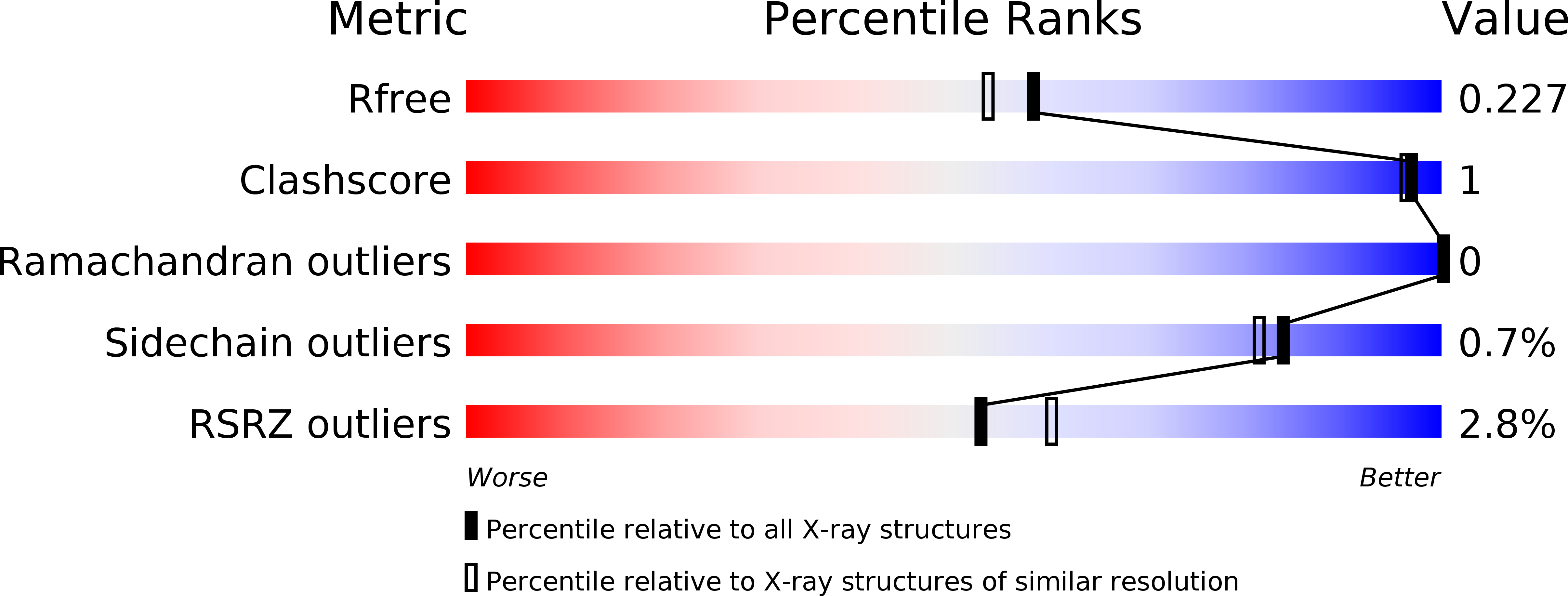
Deposition Date
2019-05-10
Release Date
2020-02-05
Last Version Date
2023-10-11
Method Details:
Experimental Method:
Resolution:
1.94 Å
R-Value Free:
0.21
R-Value Work:
0.17
R-Value Observed:
0.17
Space Group:
P 1 21 1


